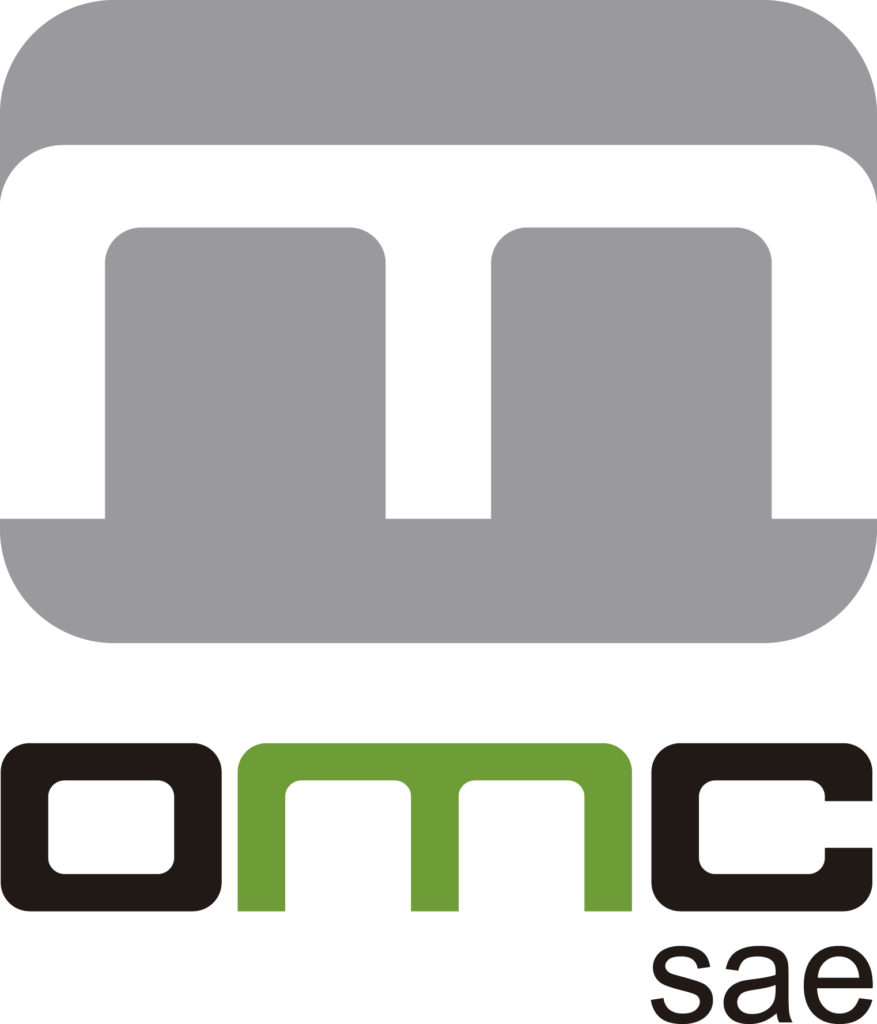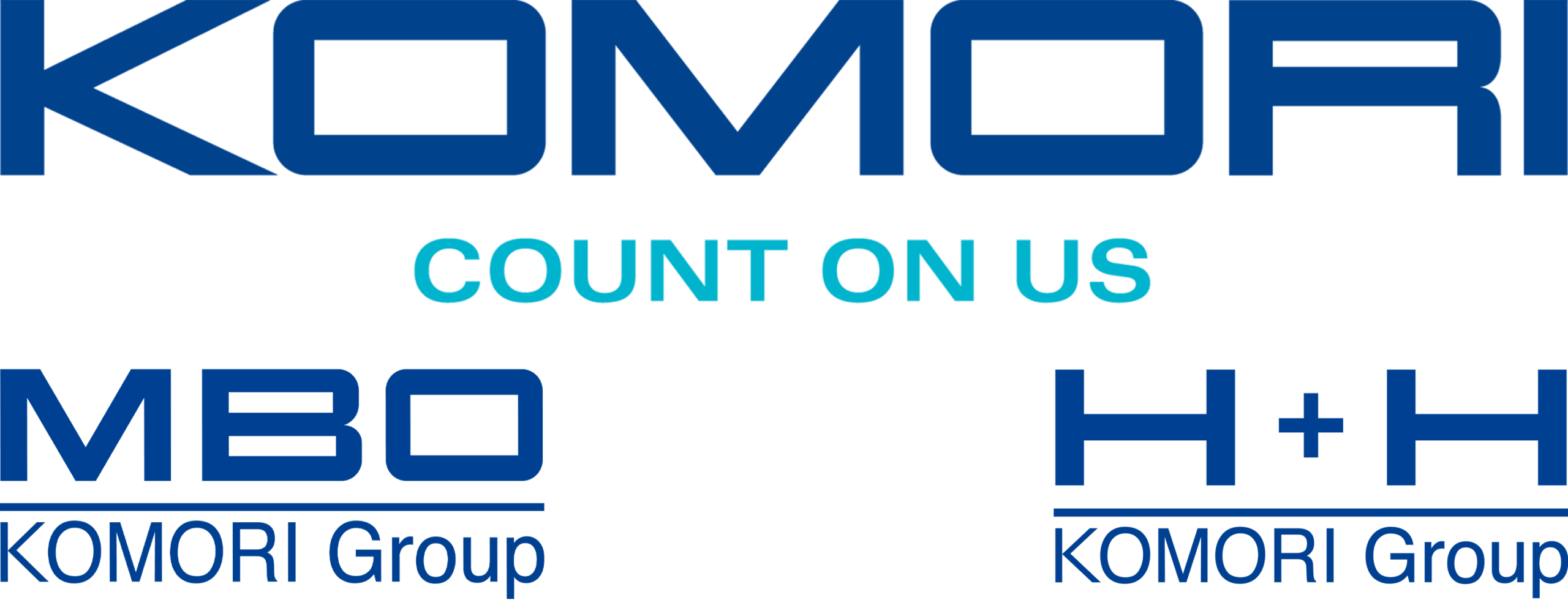1. Allows the use of an existing printing unit without the added expense of installing a varnish unit.
2. The greasy varnishes It can wash using laundry products They are used to clean the ink, thus eliminating the need to adopt new cleaning procedures and products.
3. Fatty varnishes apply to ink batteries of offset printing units, water-based products require the installation of a pump.
4. When using acrylic varnishes, vapor extraction is required at the output, the offset printing machine may need to be upgraded to more effectively remove residues such as ammonia. This is not necessary when using greasy varnishes.
5. Fatty varnishes are capable of varnishing with reserves with the plate that is used in other units for the ink. Acrylic varnish is used through a varnish unit and an additional rubber will be required for its application thus creating more expense.
6. The application of greasy varnishes through printing bodies allows vary the amount of varnish appliedIn the same way, the ink film would be increased, by opening the duct and increasing the waiting time. More modern water systems based on an anilox roll system that introduce a fixed amount of sealer to each sheet, the difficulty with this is that the printer can only change the amount fixed on the sheet by replacing the anilox roll.
7. Application of greasy varnishes Through the first unit they allow printing on difficult substrates and favors the printing of the 4 colors in line. This technique is not possible with the use of a water-based sealer.
8. Different greasy varnishes can be used in two different units in line allowing sheet brightness contrasts, this would require an expensive double varnish system for the same technique with water-based varnishes.
9. Small printing machines can be easily used for off-line varnishing when using greasy varnishes. With acrylic varnishes they can only be used in presses that have a varnishing unit.
10. When turning the sheets, the greasy varnishes offer good rub resistance on the first side of the printed sheet, so when the ink is turned over then the ink does not settle on the rear printing cylinders


